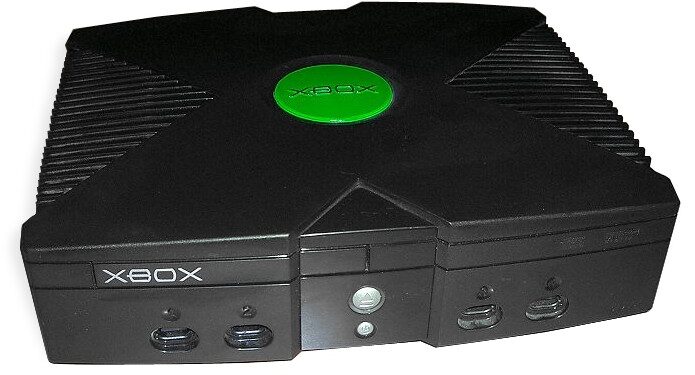A strategic move into the living room
When Microsoft released the first Xbox, it marked a decisive moment in the evolution of the global games industry, positioning the company as a formidable competitor in a market long dominated by Japanese console makers. The launch reflected Microsoft’s ambition to secure a central place in home entertainment, shifting from its traditional strength in PC software to a rapidly expanding consumer-electronics sector driven by online connectivity and immersive gameplay.
The path to development
Work on what would become the Xbox began in the late 1990s, when Microsoft engineers warned that the rise of powerful gaming consoles could eventually undermine the primacy of the Windows ecosystem. Internally referred to as ‘the DirectX box’, the project sought to leverage Microsoft’s existing technology portfolio—particularly its graphics APIs and developer relationships—to produce a platform capable of delivering high-end performance. As the design matured, the company opted for a custom architecture and a bold industrial aesthetic intended to differentiate the console from its competitors.
Competitive landscape and Sony rivalry
The timing of the release placed Microsoft directly in competition with Sony’s PlayStation 2, which had already reshaped expectations of what a home console could offer. Analysts viewed the Xbox debut as one of the most consequential challenges to Sony’s dominance, with Microsoft’s approach emphasising raw processing power, a robust developer toolkit and an aggressive marketing campaign. Although the company faced scepticism about entering a saturated market, the Xbox quickly built momentum thanks to standout titles and strong publisher support.
Halo and the rise of exclusive franchises
The launch was further strengthened by the introduction of Halo: Combat Evolved, a title that redefined first-person shooters on consoles and became synonymous with the Xbox brand. Its commercial success demonstrated the strategic importance of exclusive content, prompting Microsoft to invest heavily in internal studios and long-term franchise development. This shift not only broadened the console’s appeal but also established a template that remains central to the industry’s competitive dynamics.
Online gaming and long-term influence
A defining element of the Xbox strategy was the early emphasis on online services. The subsequent rollout of Xbox Live transformed the console from a standalone device into a networked platform, enabling multiplayer gaming, digital purchases and a new layer of social interaction. This online infrastructure would later become a cornerstone of Microsoft’s gaming ecosystem and a model for the broader industry. In retrospect, the launch of the original Xbox represented far more than a single hardware release—it marked the beginning of a sustained commitment to gaming that now spans consoles, cloud services and global entertainment partnerships.
Newshub Editorial in North America – 2025-11-15



Recent Comments